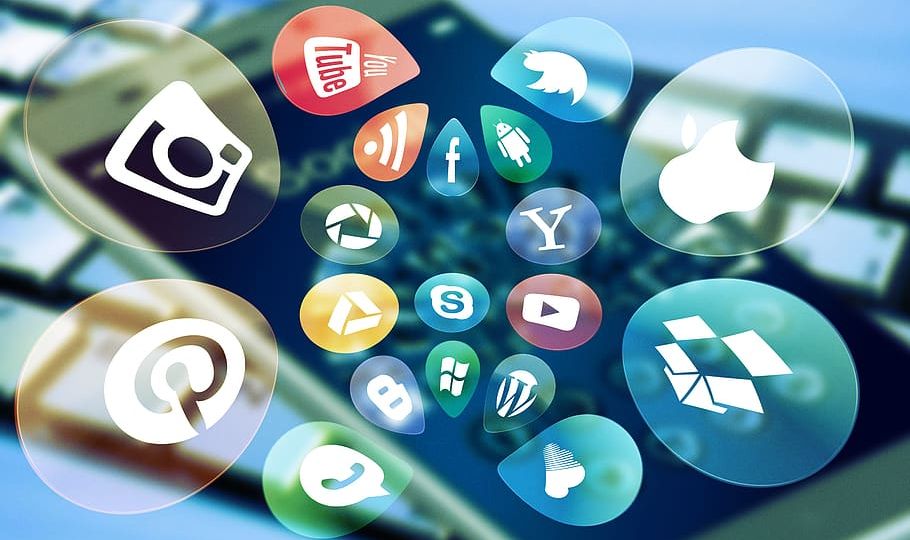
ARTICLE
I live and work in Orlando, Florida. Yesterday, fifteen minutes from where I work, there was a shooting at a high rise office building. One person was killed, five were injured.
How did I first learn about this situation happening so close to where I sat?
Facebook.
During lunch, I hopped on Facebook and there it was. I wasn’t the only one in my office to hear about this through a social networking site, either. A few minutes later, a co-worker returned from lunch and checked Twitter and found out about it. A few minutes after that, my another colleague returned from lunch and said she’d read about it on Facebook on her mobile phone.
Five minutes after that, I got Facebook messages and wall posts from friends in other states, asking about the situation, what I knew about it, if we were safe, and so on.
Fast forward to the day before that, when the tragic shooting in Ft. Hood, TX took place. I first read about this on Twitter. I discussed it with people on an message board.
In this day and age, news spreads so fast via social networking sites – so much so that many people use social networking sites as their primary means of finding out what’s going on in the world. As I sat back and thought about how I learned of yesterday’s incident, I was reminded of another incident that took place eight years ago.
On September 11, 2001 I got in my car to drive to work. I turned on the radio and heard about a plane hitting the twin towers. I went to work, business as usual, and kept the radio on in the background. That’s how me and my coworkers heard about the second plane. The pentagon. United 93. The falling buildings, the trapped firefighters, and so on. When I got home, I called and emailed friends in New York City to make sure they were okay. I watched the news on TV. I bought the newspaper on September 12. I read CNN.com.
There were no alerts being pushed to my smartphone from Facebook, no Tweets to tell me what was going on in my world. I didn’t write on Facebook walls to find out how people were doing, I called them. The news moved slower. Communication moved slower. It was a different time.
(Please note that in no way am I saying that the Orlando shooting and Ft. Hood are comparable to 9/11, because they’re not.)
In the past eight years, social networking sites have had tremendous impact on the pace of news. We can get hold of our friends faster during scary situations, we can quickly share news as it unfolds, and even better – news outlets can get news to the population faster. You no longer have to wait for the morning newspaper to come, or for the 5 p.m. television news report – all you need to do is follow CNN (or your favorite news outlet) on Facebook and Twitter or sign up for mobile alerts.
Fast forward to today, with the House working to pass or kill the new health care bill, and we have another great example of how Web 2.0 is being used for disseminating news. Check out the Huffington Post, who is using the new Twitter Lists to inform as well as fuel discussion of the health care debate, as well as tweets by Democrat and Republican representatives. How cool to, at a glance, be able to take a look at the discussion as well as get the left and right wing views of the bill right on one page.
I think social networking benefits both the population and news outlets. In an age where the newspaper is a dying medium, news organizations can revitalize themselves by using social networking when and where it counts.


